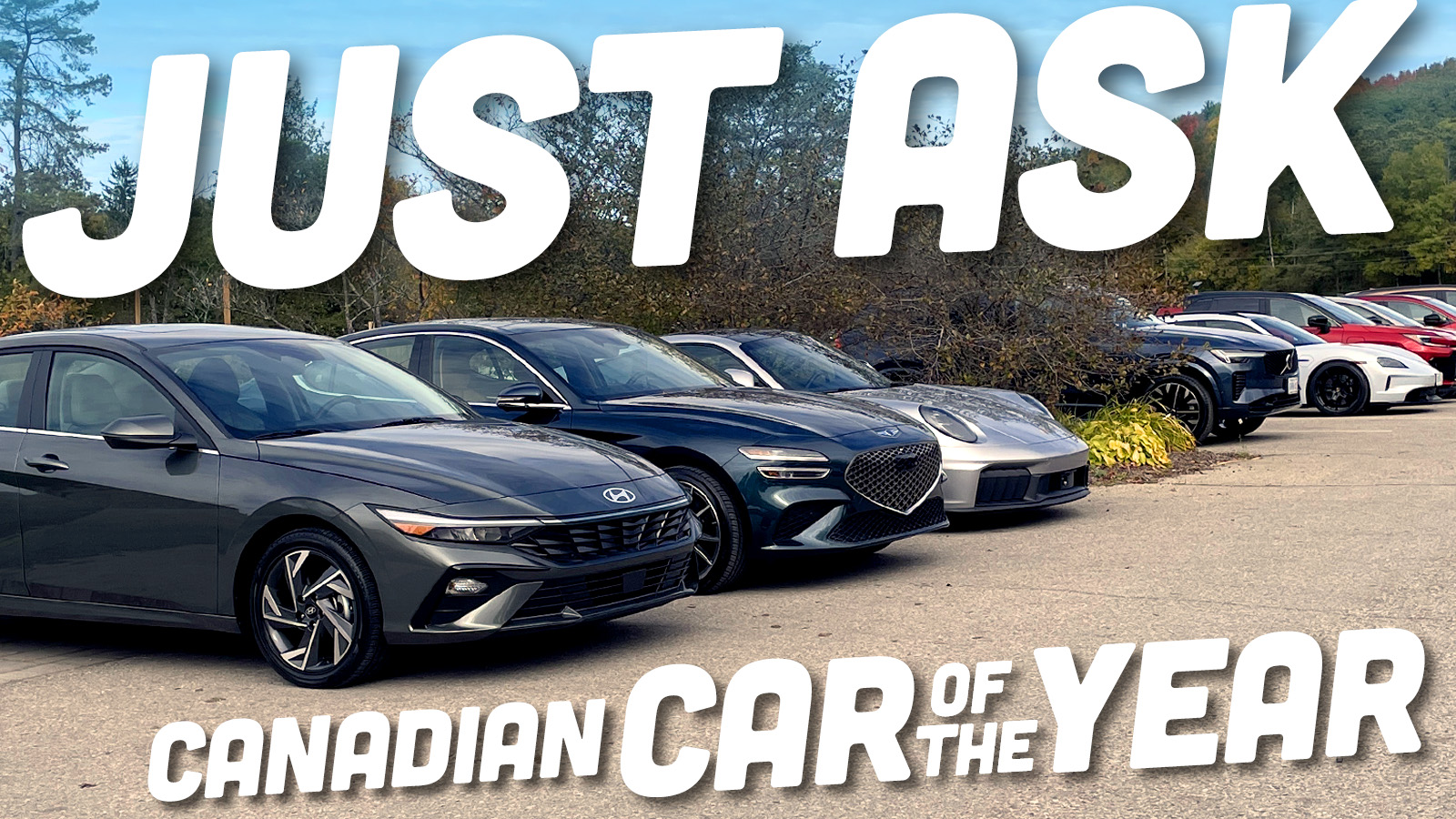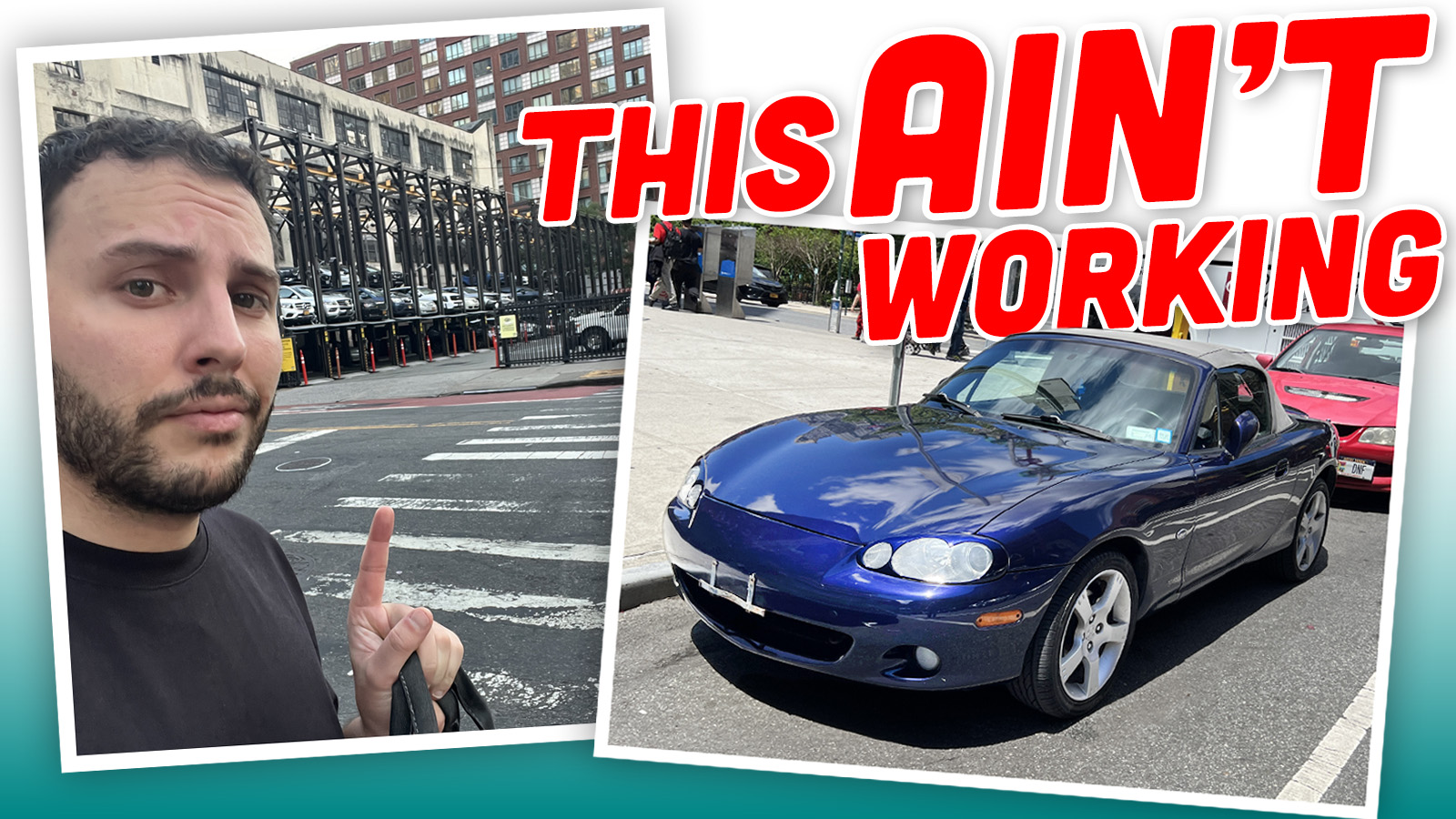One of the biggest issues limiting the adoption of electric motorcycles in America is the unfortunate reality that you pay a ton of money for a bike that does less than a gasoline equivalent. Electric motorcycle manufacturers know this and are working to make cheaper, more appealing all-electric two-wheelers. Harley-Davidson’s electric spinoff, LiveWire, has unveiled two new electric motorcycle prototypes that should get people excited. These new, unnamed 125cc-class electric motorcycles preview a cheaper, more accessible future for a brand known for its high-dollar rides.
Running an electric vehicle down a highway commands a lot of juice from the battery to overcome drag. The EVs with the best range often have gigantic, extraordinarily heavy battery packs. The Chevrolet Silverado EV can tow a heavy camper trailer over 200 miles on a highway on a single charge, but it needs a mammoth 205 kWh battery to do so. The truck also weighs over 8,500 pounds all on its own. A Lucid Air sedan can go over 500 miles on a charge with a 118 kWh battery, but it weighs over 5,300 pounds. However, car buyers have been willing to trade weight for range.
The problem comes when trying to apply this same logic to motorcycles. Nobody wants to ride a motorcycle that weighs a million pounds, so a manufacturer can’t just layer on the batteries. These batteries also aren’t cheap, either, and pricing a motorcycle into the stratosphere is a risky move.

As an engineer at BRP once told me, this has put electric motorcycle companies into a bit of a pickle. They can make electric motorcycles that go further on a charge, but the bikes will then become prohibitively expensive and weigh too much. They can make cheaper and lighter bikes, but then they’ll be largely urban commuters with little usable range. So, companies are more or less just pulling levers in different directions, hoping to find a winning formula.
LiveWire, Harley-Davidson’s EV spinoff, has long struggled to find the right concoction. But I think the company’s latest prototype bikes might hit the spot for today’s EV technology.

A Long Road
Its original motorcycle, the 2019 Harley-Davidson LiveWire (now called the LiveWire One), is legitimately one of the best motorcycles I have ever ridden. I have said that the LiveWire rides like the Harley team had found an old Buell and slapped an electric powertrain on it. However, its highway range of around 100 miles and original price of $29,799 was a non-starter with riders. LiveWire later dropped the price to $22,799, which was better, but still unattractive. Now, the LiveWire One is $16,499, or nearly half of its original price.
LiveWire took the lessons it learned when developing the original LiveWire to create a new scalable architecture it calls Arrow. This platform allows LiveWire to rapidly create electric motorcycles of varying styles and sizes while using fewer, less complex parts. We’ve been able to see the Arrow architecture at work with LiveWire’s middleweight S2 lineup, which includes the new S2 Alpinista sport standard, the S2 Mulholland cruiser, and the S2 Del Mar street tracker. These three bikes are essentially the same underneath, but have different riding styles.

The S2s struggle from the same issue that pretty much every other electric motorcycle in this category does, and that’s a big price tag for what you get under the tank. The cheapest S2 is the Alpinista, which currently costs $15,999. Its sustained 55 mph range is 71 miles, and its combined range is 89 miles. The bike takes a minimum of 1 hour, 18 minutes to replenish 60 percent of its battery, which means that if you use the Alpinista as it’s depicted in advertising, you will spend more time charging than riding.
To be clear, I am not singling out LiveWire here. I’ve reported in the past that BRP’s Can-Am electric motorcycles and Zero’s electric motorcycles currently have the same issues. It’s unfortunately the nature of the beast with current battery technology.
Smaller, More Accessible Bikes

Thankfully, I think LiveWire’s latest round of prototypes might just be the ticket. Harley-Davidson just held its yearly Homecoming Celebration in Milwaukee, and among the festivities was an unveiling of LiveWire’s newest idea.
Neither of these two motorcycles has a name yet, but LiveWire says that they are a sneak peek at its new platform that’s currently in development. LiveWire’s long-term plans have long included the introduction of smaller, more accessible, and more affordable motorcycles. Both of these prototype motorcycles are said to be 125cc equivalents, so think about the size and power of a Honda Grom or a CFMoto Papio.

One of the motorcycles on display is a knobby-tired trail model that, per LiveWire, would be at home in backyards, trails, and campgrounds. The other bike is set up for street duty with a similar urban use case as a Honda Grom. So, it’s supposed to be easy to ride, great to learn on, perfect for zipping around a city, and easily personalized.
What LiveWire says about these bikes is promising. Both prototypes have seat heights around 30 inches and top speeds of around 53 mph. The company also notes a range of around 100 miles and a 30 mph acceleration time of 3 seconds. This is as the prototypes currently sit, and the final numbers will likely be different.

But the interesting twist comes from the fact that these little guys use two swappable batteries that can be exchanged or recharged.
Back in 2022, LiveWire partnered up with Taiwanese scooter giant Kymco, with both companies throwing a ton of money and technology at each other. Kymco gets to play with the Arrow architecture while LiveWire gets to borrow Kymco’s scooter expertise. In 2023, RideApart reported that Kymco’s Ionex EV platform, which features swappable batteries, will be shared with LiveWire. Cycle World reported in 2024 that Kymco was also leading the development of LiveWire’s Arrow-based lightweight S3 platform.

So, is this what the S3 platform is going to look like? LiveWire won’t say, but if you look closely at the image above, you will see Kymco-branded brakes. But who really cares what it is called, because this thing is pretty awesome.
Other players in the electric moto space have figured out that, at least for now, one winning strategy is to focus on what electric motorcycles do really well, and it’s to provide large doses of fun in small packages. Taiwanese scooter and tech company Gogoro has shown the world that swappable batteries work great for scooters and motorcycles. Meanwhile, the popular Sur-Ron brand has shown that you don’t need to spend mega bucks to have fun with an electric two-wheeler.
It’s no surprise to see some companies shifting toward smaller, more affordable bikes. Even Zero recently announced a lineup of sub-$10,000 electric trail bikes.
Trending In The Right Direction

LiveWire has not revealed any further details at this time, but is looking for public input on the new prototype bikes as it further refines the design and the platform. LiveWire also hasn’t even given a ballpark figure on price. However, the S3 is supposed to be the cheaper, more accessible range. I would hope that the starting price is well under $10,000. The Honda Grom is $3,599, making it affordable for the masses. LiveWire would have to get really aggressive on pricing.
But we don’t have those numbers yet. So, for now, I’m just happy to see LiveWire moving in the right direction. Sure, these bikes will never see a highway and cannot be long-distance commuters, but that’s fine. Small and slow motorcycles are a ton of fun, especially when you can buy one without breaking the bank. The Honda Grom has proven that you don’t need 100 HP to have a big smile on your face.
I also love the swappable batteries, because a lot of city dwellers don’t have a garage to charge their bikes in. You could also keep batteries on charge at home to swap out when you want to extend your fun. I’m excited, to say the least. Now, I just hope that Harley’s offshoot nails the price. I believe in you, LiveWire!








There’s just too much overlap between these and a Super73 or Surron.
I imaging the cost is due to actually being legal and jumping through all the hoops but unfortunately I don’t think most consumers care.